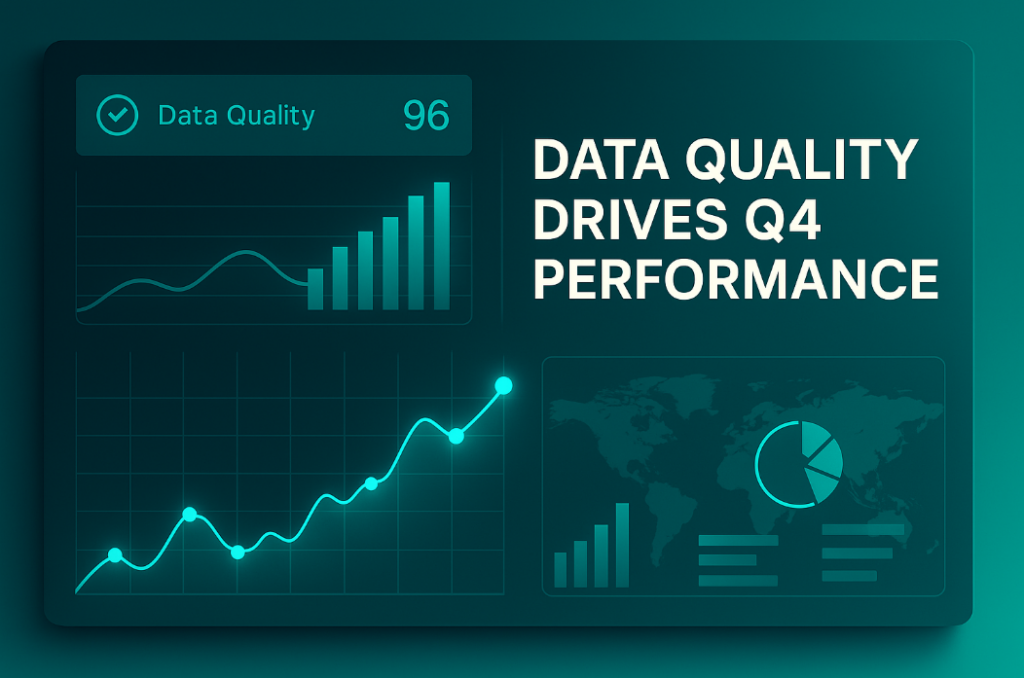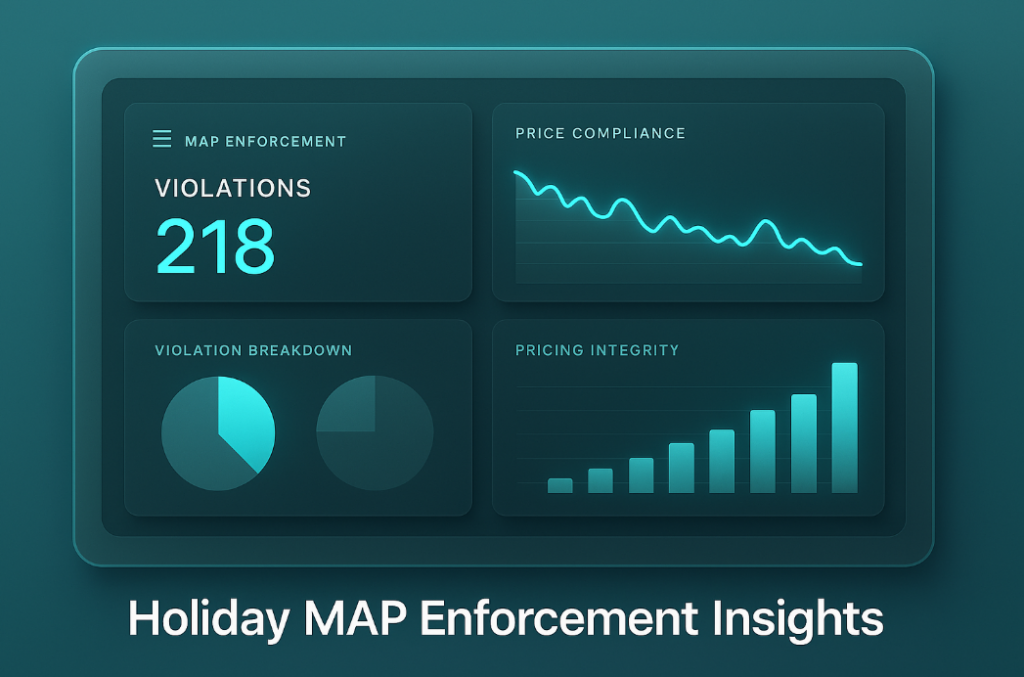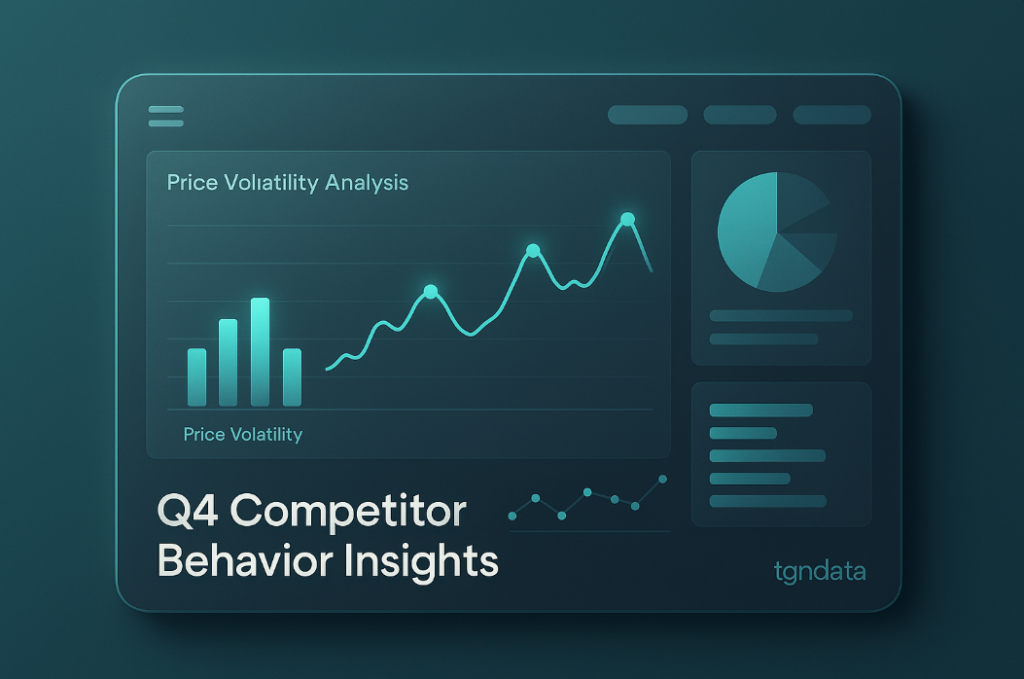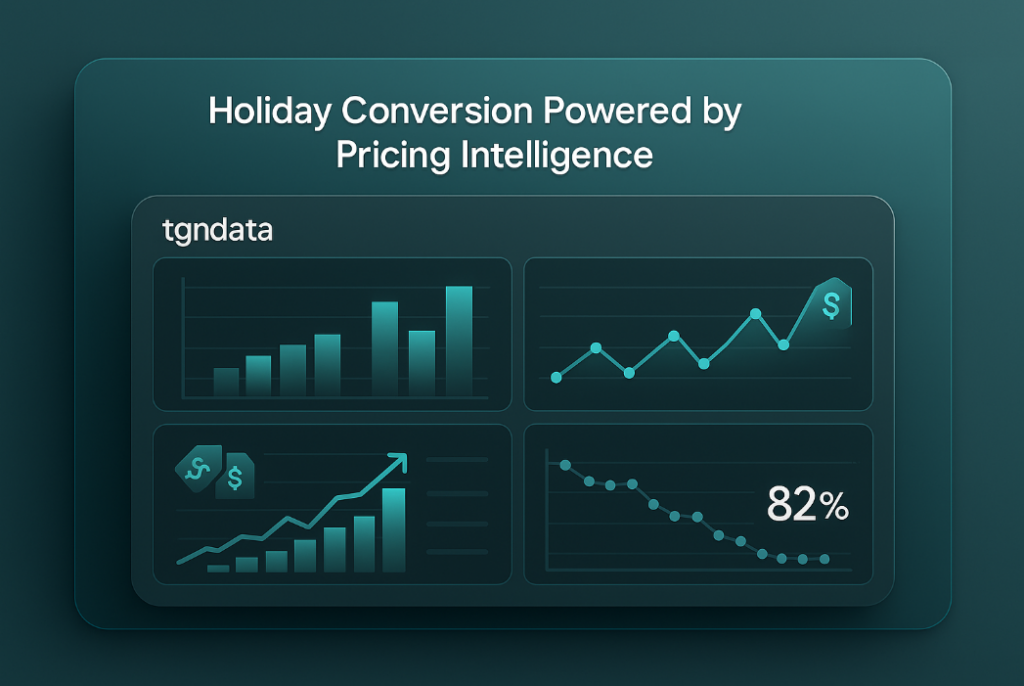- Product
- Solution for
For Your Industry
- Plans & Pricing
- Company
- Resources
For Your Industry
The retail world is driven by omnichannel consumers—tech-savvy, well-informed shoppers who move effortlessly between online and offline touchpoints before making a purchase. Research shows that over 73% of consumers use multiple channels in their buying journey, highlighting the need for retailers to align their strategies to meet these evolving expectations.
Today’s omnichannel shoppers demand seamless, personalized, and responsive experiences. They compare prices, read reviews, and expect consistent interactions across digital and physical stores. Brands failing to meet these expectations risk losing sales, facing higher cart abandonment rates, and damaging customer loyalty.

Shoppers’ decisions are influenced by a mix of factors, from price and product availability to promotional incentives and social proof. With instant access to competitor information, they delay purchases in search of better deals and rely on community feedback to validate their choices.
Price Competitiveness – Consumers track price fluctuations across multiple platforms and use price-comparison tools to secure the best deals.
Promotional Triggers – Discounts, exclusive offers, and rewards programs significantly sway purchasing decisions.
Stock Availability – Shoppers will quickly switch to a competitor if a product is out of stock.
Social Validation – Reviews, ratings, and social media recommendations influence trust and credibility.
Convenience & Logistics – Fast, affordable shipping and hassle-free return policies play a major role in conversions.
Seamless Cross-Channel Experience – Inconsistencies in pricing, promotions, or product information frustrate consumers and lead to lost sales.
Real-Time Market Positioning – Leading retailers leverage pricing intelligence to remain competitive and react instantly to market trends.
The “Decision Point” is when a shopper makes the final choice to purchase—or abandon—their cart. Retailers must strategically position themselves to influence this moment, as factors like last-minute price changes, additional costs, or out-of-stock notifications can push consumers toward competitors.
Jane, an amateur photographer, starts her journey online, reading specifications and reviews. She visits a store to test the camera but finds a better deal online. The store matches the price and adds a free camera bag, prompting Jane to buy in-store.
Alex discovers an online ad for eco-friendly running shoes and researches customer feedback. At a physical store, he receives personalized advice and an in-store discount. Checking online reviews one last time, he decides to purchase on-site due to the added value and convenience.
Fragmented Customer Journeys – Consumers interact across multiple channels, making it challenging to deliver a cohesive experience.
Inconsistent Pricing & Promotions – Disparities across channels erode trust and lead to lost sales.
Lack of Real-Time Insights – Without dynamic data, businesses cannot adjust to changing market conditions quickly.
Delayed Competitive Response – Failing to react promptly to competitor pricing shifts results in missed opportunities.
To secure conversions at the decision point, businesses should:
Harness Advanced Analytics – Aggregate and analyze data from various sources to optimize pricing, stock management, and marketing efforts.
Align Omnichannel Strategies – Maintain uniform pricing, messaging, and customer service across all touchpoints.
Leverage Real-Time Pricing Intelligence – Monitor competitors’ pricing and stock levels to make timely adjustments.
Refine Customer Journey Mapping – Identify key touchpoints where consumers are most likely to make purchasing decisions.
Implement Dynamic Pricing – Utilize automated pricing strategies to remain competitive and maximize profitability.
Enhance Inventory Visibility – Avoid lost sales by ensuring product availability aligns with consumer demand.
Competitive pricing intelligence plays a vital role in influencing omnichannel shoppers at the decision point. With real-time data, retailers can:
Adjust pricing dynamically to remain competitive.
Align stock availability with market demand.
Optimize promotional strategies for maximum impact.
Minimize revenue loss from outdated pricing structures.
Understand competitor strategies and anticipate consumer behavior shifts.
Retailers that master the art of influencing the decision point gain a strategic edge in the marketplace. By leveraging real-time data, maintaining omnichannel consistency, and refining customer engagement, businesses can turn hesitant shoppers into loyal buyers.
For brands looking to optimize their strategies, investing in pricing intelligence solutions like tgndata provides the insights needed to make data-driven decisions at every crucial moment in the shopper’s journey. By embracing these innovations, businesses can secure more sales, boost profitability, and stay ahead in an increasingly competitive retail environment.













Missing an important marketplace?
Send us your request to add it!